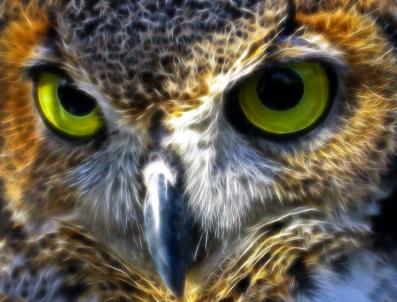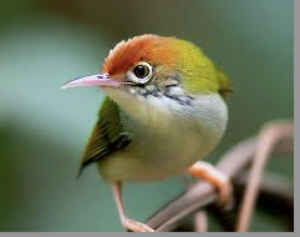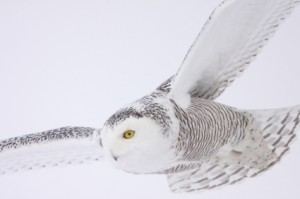You know what LBBs are. They’re a cop-out. And you gotta watch yourself, because if you rely on saying “LBB” a little too much, you’re not you anymore.
For anybody who’s come late to the two-fisted birdwatching addiction, a quick definition: LBB is used by jaded old-timers to mean non-specific “little brown birds.” Common, similar looking, troublesome to identify.
LBBs are varieties of sparrows mostly, some fall warblers, wrens and kinglets too, usually female with muted coloration, and they require good binocs, patience and a memory for subtle field markings.
Maybe this summer and early fall, you’ve been copping out with the LBB thing, and that’s okay. But today, a wakeup call woke the birding bug up.
While walking out of a sandwich joint in a jumble of strip malls, a “WTF” flew low over the scene. Everybody looked up, not just you and any other stray birdwatcher.
This avian show-stopper sent you a message. (Its initials at that moment, unlike “LBB,” did NOT stand for dull birding.)
A sleek and uncommon (in that place) Great Blue Heron. Flying just a few feet above you all. Super low. Close and quiet. The LARGEST thing in the sky. All beak and wingspan, long legs trailing and the vibe of a stealth bomber.
A rare sighting above human hubbub. Unusual, unlikely, un-explainable. Unless…maybe the bird world was sending you a message, saying toward the end of a lazy summer: There are more than LBBs out there! Time to get back in the game.
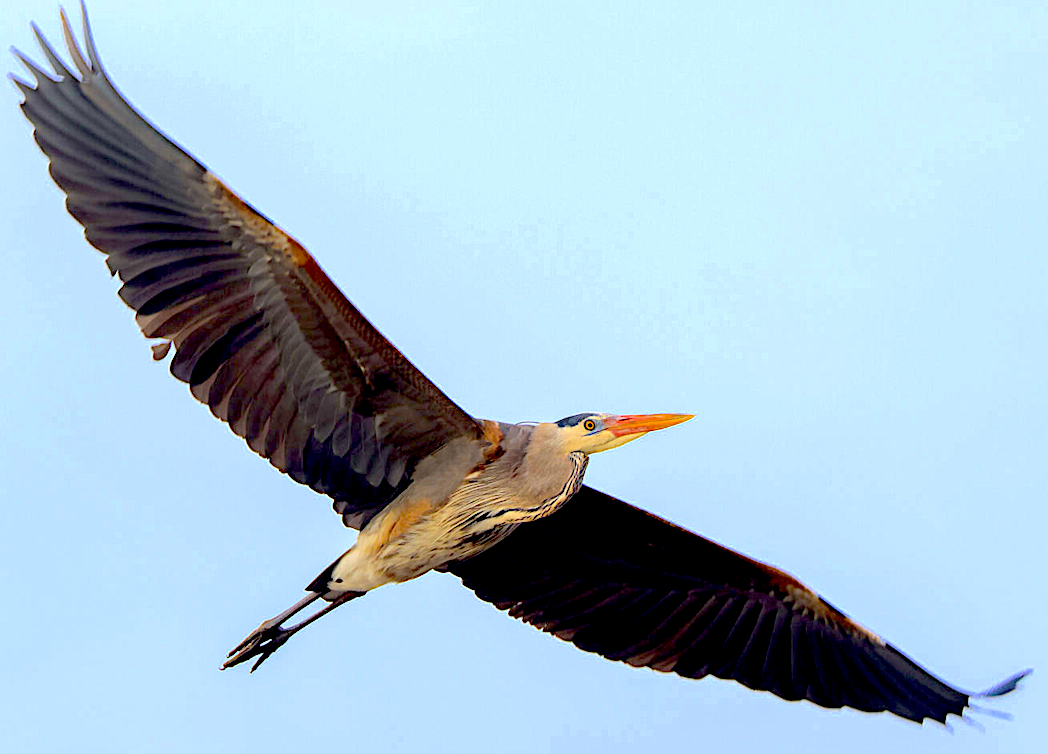
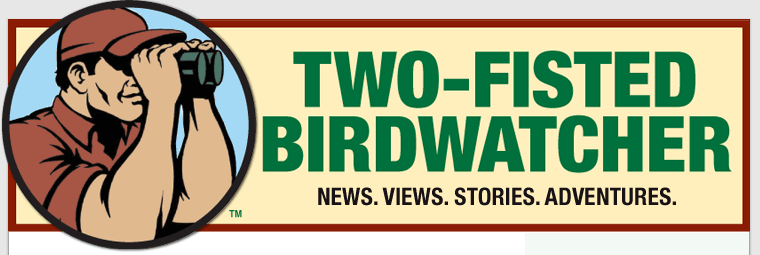

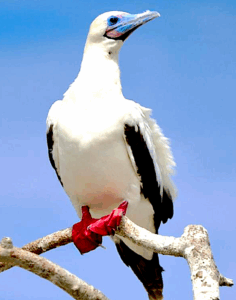


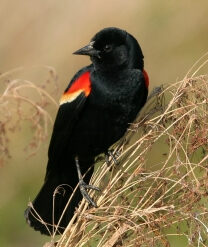
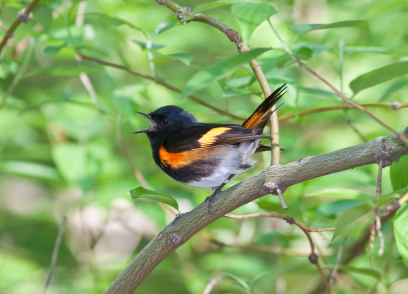
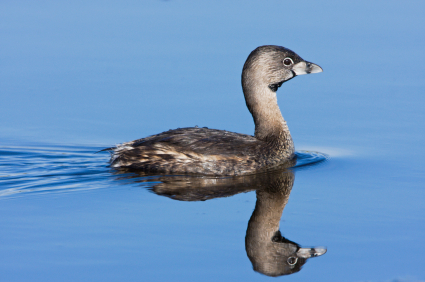
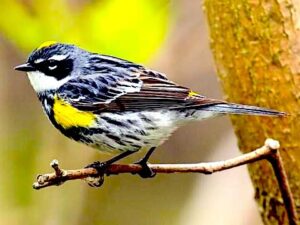
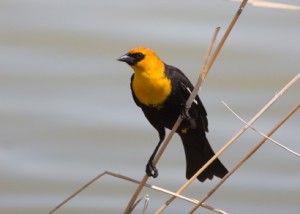

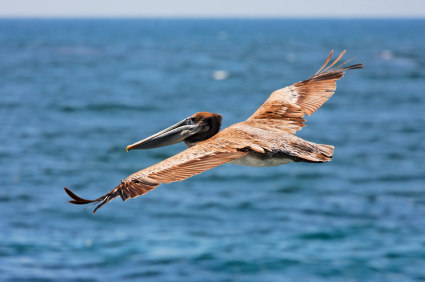



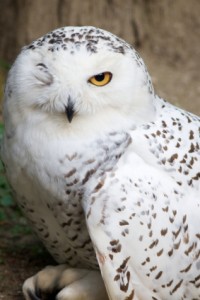
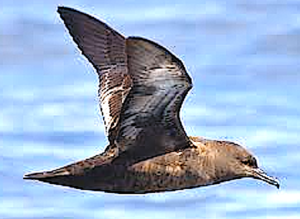
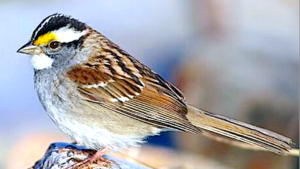 Moving on, I notice there’s some new coyote scat on the trail.
Moving on, I notice there’s some new coyote scat on the trail.